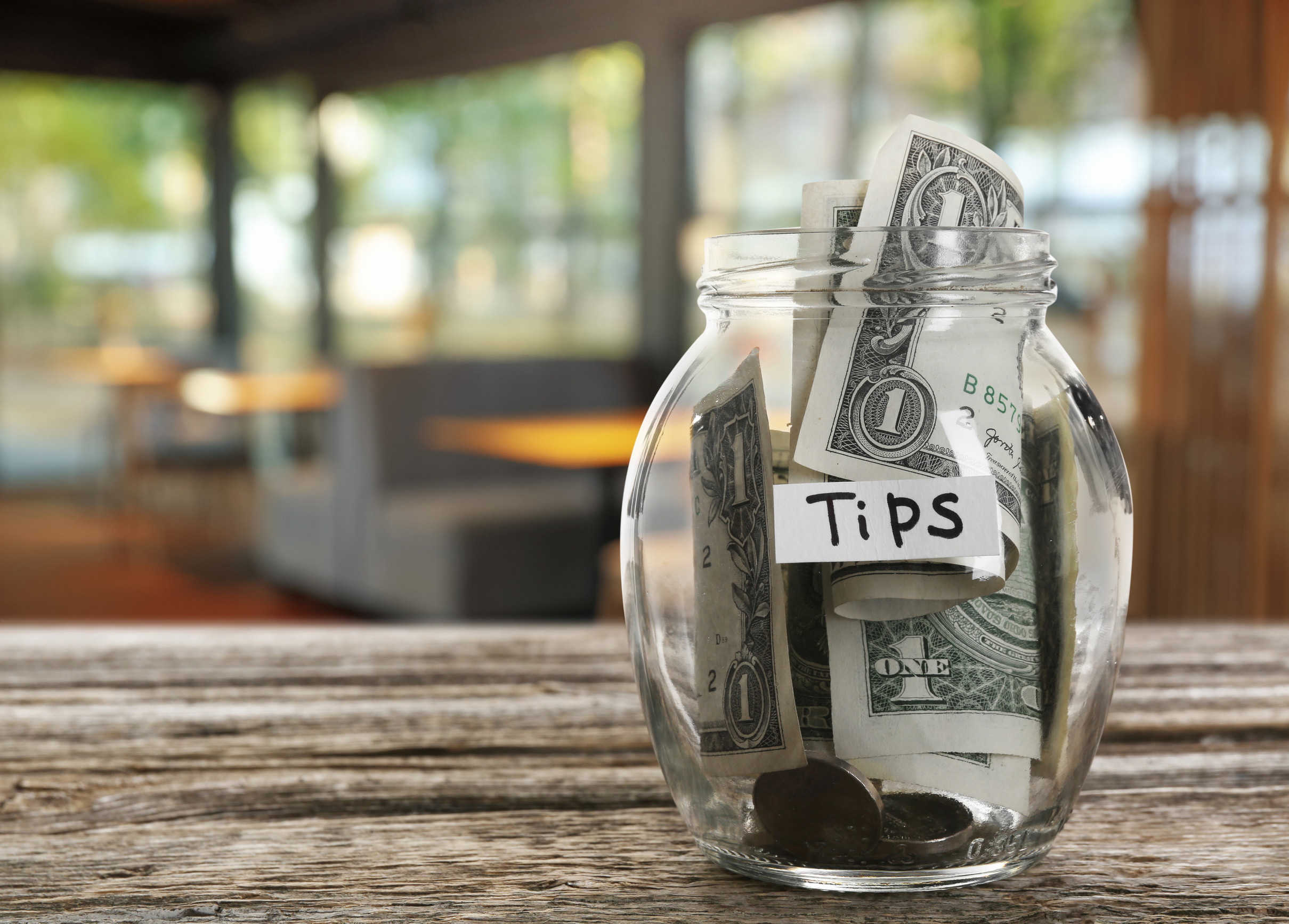Tipping has gotten out of control. What was once a small gesture of appreciation has ballooned into a social obligation, with tip jars popping up in places that leave many of us scratching our heads. It’s not that people don’t want to be generous — it’s that the system has become confusing and, frankly, a little unreasonable.
Suddenly, every interaction ends with a screen spinning around and a 25% tip suggestion staring you in the face. But here’s the truth: there are places where tipping simply doesn’t make sense — because the service provided is part of the job, not a luxury.
Coffee Counter Workers at Chain Cafés
Ordering a latte at a national chain shouldn’t come with the pressure to tip like you’re dining in a fine restaurant. These baristas are hourly employees, often receiving benefits and stable wages as part of a corporate structure. Yes, they’re friendly, and yes, they can handle your complicated drink order — but that’s literally what they’re paid to do. The tip jar sitting by the register is more of a tradition than a necessity. Tipping here should be optional, not expected.
Airport Counter Agents
The airline counter agent who prints your boarding pass or tags your luggage is not in the service industry the same way a waiter is. They’re salaried or hourly workers backed by major airlines and trained to help passengers as part of their job description. They don’t rely on tips to make up for low wages like restaurant servers often do. Offering them a tip not only feels awkward — it’s actually discouraged in most cases. Instead, a polite thank-you or a positive survey response goes much further.
Retail Cashiers
That screen asking for a tip after you’ve bought a pack of socks or a bottle of shampoo? It’s completely unnecessary. Retail employees are not tipped workers; they’re paid hourly and are trained to handle transactions, restock shelves, and assist customers. Their role is no less valuable than others, but it doesn’t warrant a tip just for ringing up your items. The trend of adding tipping options to retail settings is a product of software prompts, not etiquette.
Fast Food Drive-Thrus
Pulling through a fast food drive-thru window doesn’t require a gratuity — it never has. These workers are often paid above minimum wage and are part of a structured corporate environment with fixed duties and compensation. Their service is quick, efficient, and transactional — exactly what drive-thrus are designed for. Tipping here sets a confusing precedent and can lead to inconsistencies from one chain to another. Kindness and patience are always welcome, but tipping isn’t a standard part of this exchange.
Grocery Baggers at Major Chains
Bagging your groceries is part of the job description for many grocery store employees, especially at larger supermarket chains. They’re not working for tips, and most corporate policies actively discourage employees from accepting them. Offering money in this context can make the worker feel uncomfortable or put them at risk of violating company rules. While older customs once encouraged tipping grocery baggers, especially when they helped load bags into your car, times have changed. In most places, gratitude alone is sufficient.
Self-Serve Kiosks
This one is especially baffling: how can you tip a machine? More and more businesses are adding tip prompts to self-serve checkout screens, even though there’s no human interaction involved. There’s no server, no prep staff, no one personally providing you a service at that moment. It’s a clear case of digital overreach, and many consumers feel pressured into tipping simply because the screen suggests it. Resist the guilt — there’s no one to tip when you do the work yourself.
Counter Service Restaurants with No Table Service
At a casual spot where you order at the counter, fill your own drink, and clean up after yourself, tipping isn’t always necessary. While some of these places share tips with the kitchen, the experience itself doesn’t align with traditional tipping norms. You’re not being waited on; you’re collecting your own food and condiments and sometimes even bussing your own table. It’s okay to skip the tip if the interaction was minimal and the service was simply standard. The line between restaurant and fast food gets blurry here, but it’s reasonable to tip only when the service goes above and beyond.
What This All Comes Down To
Tipping culture is changing — fast. But as it spreads beyond traditional service roles, it’s important to push back where it doesn’t make sense. Just because a screen asks for a tip doesn’t mean one is required, or even appropriate. Being a thoughtful customer isn’t about handing out money at every transaction; it’s about recognizing where gratitude belongs. In many of these cases, professionalism, efficiency, and courtesy are already built into the job.
The Bigger Picture
Businesses have started shifting more labor costs onto the consumer through tipping, but that shouldn’t be our burden to carry everywhere. The rise of tipping in non-tipped industries is more about profit margins and payroll shortcuts than genuine service appreciation. We shouldn’t feel guilty for declining a tip prompt at a self-checkout machine or while buying a coffee at a corporate chain. Let’s bring tipping back to its roots — a reward for exceptional, personalized service, not a mandatory tax. The more we normalize saying “no” in the right places, the more fair and meaningful tipping can become.
What do you think — have you ever felt uncomfortable tipping in one of these spots? Share your thoughts, experiences, and comments below.
Read More
Tipping Etiquette 101: Do You Tip At Sonic?
10 Traditions That Are Surprisingly Offensive in Other Cultures



Leave a Reply